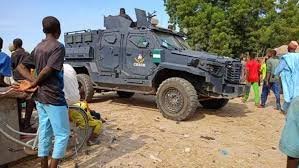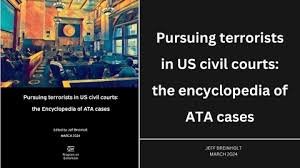By Eva Veldhuizen Ochodničanová, Alicia Heys
Despite the link between conflict and human trafficking having been globally recognized, academic inquiry investigating how the two interact continues to be limited. Given the recency of the full-scale invasion of Ukraine by the Russian Federation in February 2022, this lack of literature is even more pronounced in understanding how the risks of trafficking are developing in the current context. This paper examines extant academic literature to explore what is already known about the relationship between conflict and human trafficking, situating this within the theoretical framework of routine activity theory (RAT). It analyses governmental and non-governmental organization reports emerging from Ukraine to contextualize the risk that is specific to those affected by the war. The paper identifies four key drivers of risk facing those in, or fleeing, Ukraine, which can heighten their vulnerability to human trafficking, before offering a novel and innovative typology of the ways that human trafficking can manifest as a result of conflict. The typology considers the direct and indirect links between conflict and trafficking, the geographical spaces in which trafficking can occur, and the specific forms that exploitation can take. By situating the paper within RAT and contextualizing it with evidence from the war in Ukraine, the findings of this paper provide both theoretical and empirical insights that help to expand existing knowledge on how conflict situations can increase the risk of THB.
Journal of Illicit Economies and Development, 6(2): pp. 26–41.2024








